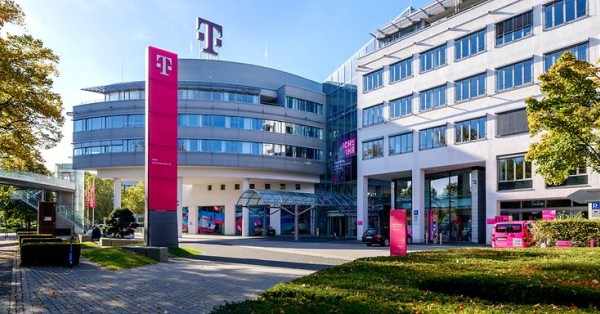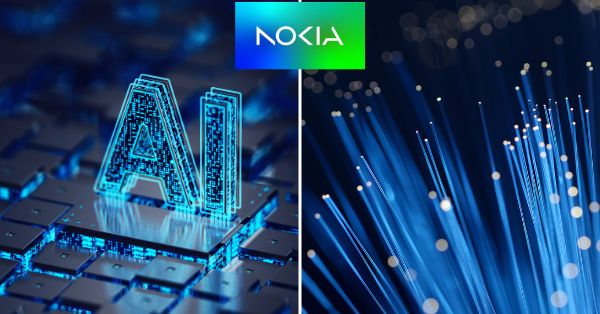- Usecase
- December 1, 2025
- Hema Kadia
Hrvatski Telekom will deploy dedicated private 5G networks at Zagreb, Zadar, and Pula airports under a €5.6 million “NextGen 5G Airports” program co-financed by the European Commission’s CEF Digital initiative. The project was selected in a competitive CEF Digital call focused on 5G and edge for smart communities, with €3.09







































